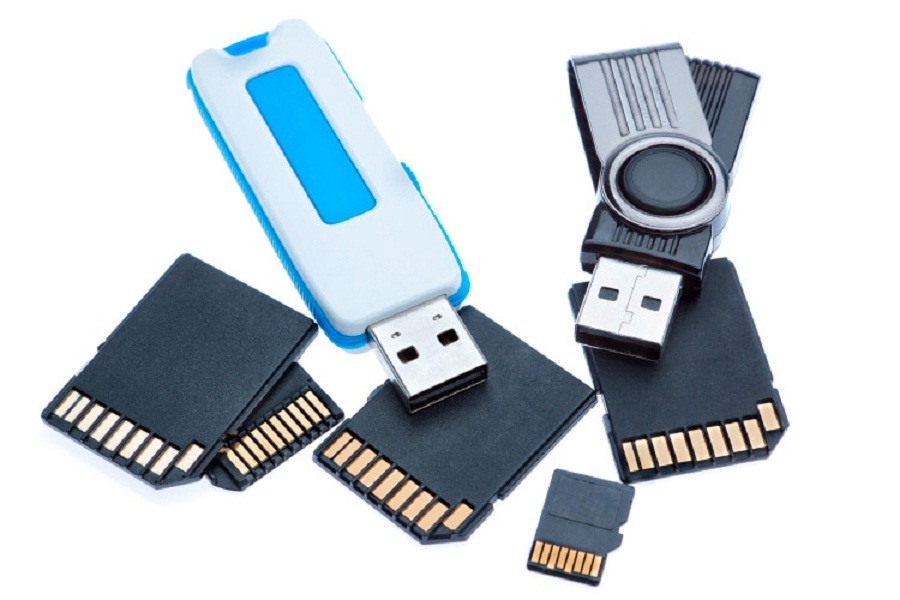
Image Source: www.usbmemorydirect.com
The convenience and portability of flash drive cards make them an excellent choice for storing, transporting, and backing up your data.
Flash drive cards are more practical than other forms of storage due to their portability and the fact that they adhere to plug-and-play standards. With each new iteration, this storage medium has become significantly faster and more efficient in data transfer. However, the low capacity of flash drives contributes to the exorbitant cost per gigabyte that has given flash storage a lousy name.
However, a Flash drive card price (แฟลชไดร์ฟ การ์ด ราคา, which is the term in Thai) can cost more when used for high-performance applications. In this post, we’ll review the fundamentals of drive cards and show you how to get the most out of them.
Which Flash Drive Card Is Best For Your Laptop?
Remember that the Flash Drive Card you choose must be compatible with your desktop or laptop computer. The following, however, are some factors to consider while selecting the best flash drive for your purposes.
Design: Users must consider the design and overall structure when selecting the most cutting-edge flash drive. When purchasing a flash drive, it is best first to explore the design options available.
Durability: Users should also think about shell life and warranty. An efficient data transfer is a benefit of a hard drive’s durability. When data storage is reliable, it is less likely that information will become corrupted.
Space Requirements and Configurations: The flash drive’s practicality extends to its storage capacity and specifications. The user must ensure that the drive is simple and adequate.
Step-By-Step Instructions For Using A Flash Drive Card
Identify The USB Port On Your Computer
Finding the computer’s USB port is the first step in using a flash drive. Generally, a laptop’s USB ports will be on the side, close to where you’d type. Remember that you can insert it into USB ports in one orientation.
Open The Folder On Your Computer
When you insert the drive into the computer, a window should appear to let you know. To access your files, click the Browse button. If no window displays, you can find the disc on your computer’s desktop or in the sidebar of your file manager.
Look For Your Data
The tricky part is over after you’ve located your drive and opened it on your computer. Drag the files you want to move to the destination folder.

